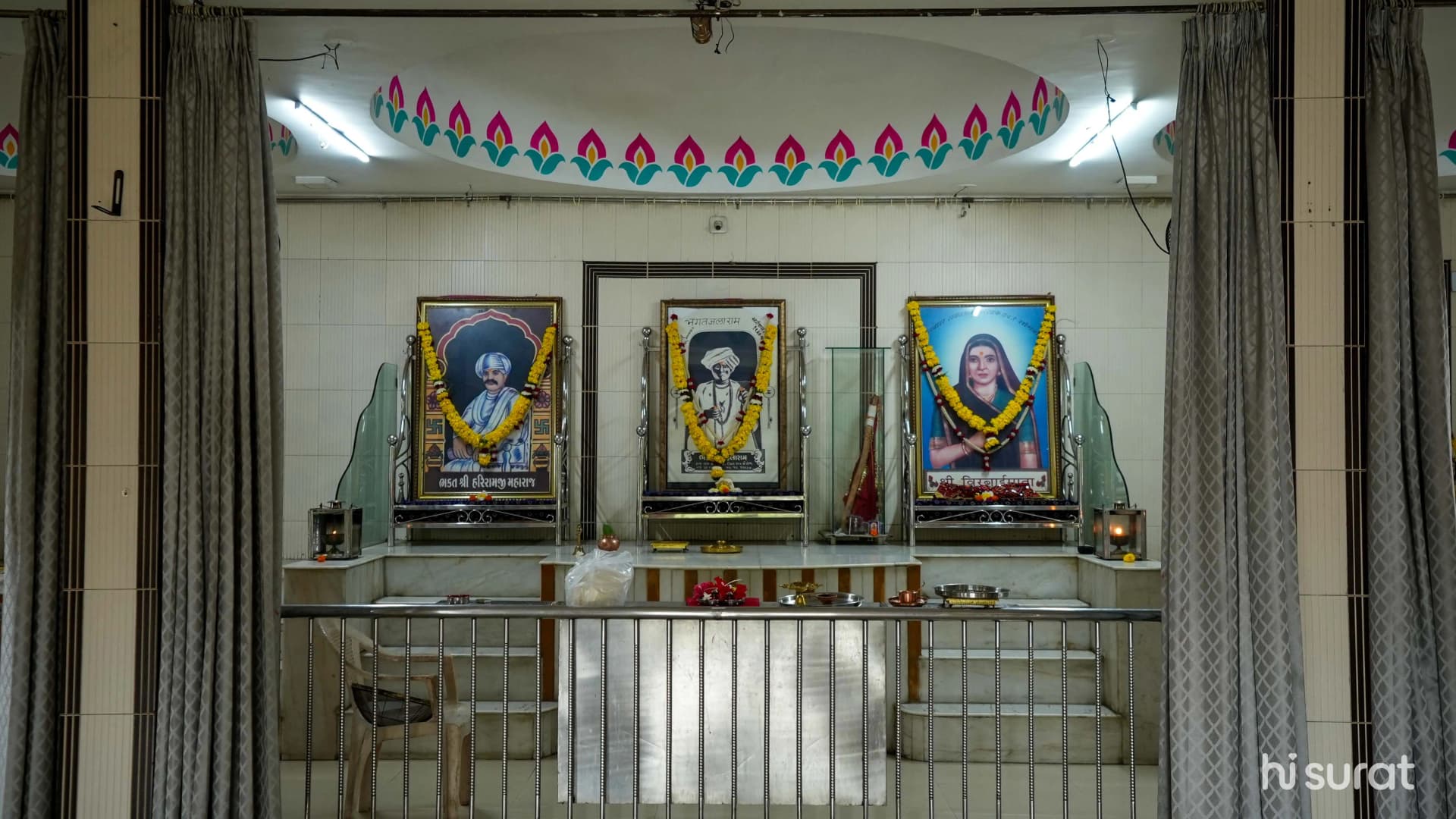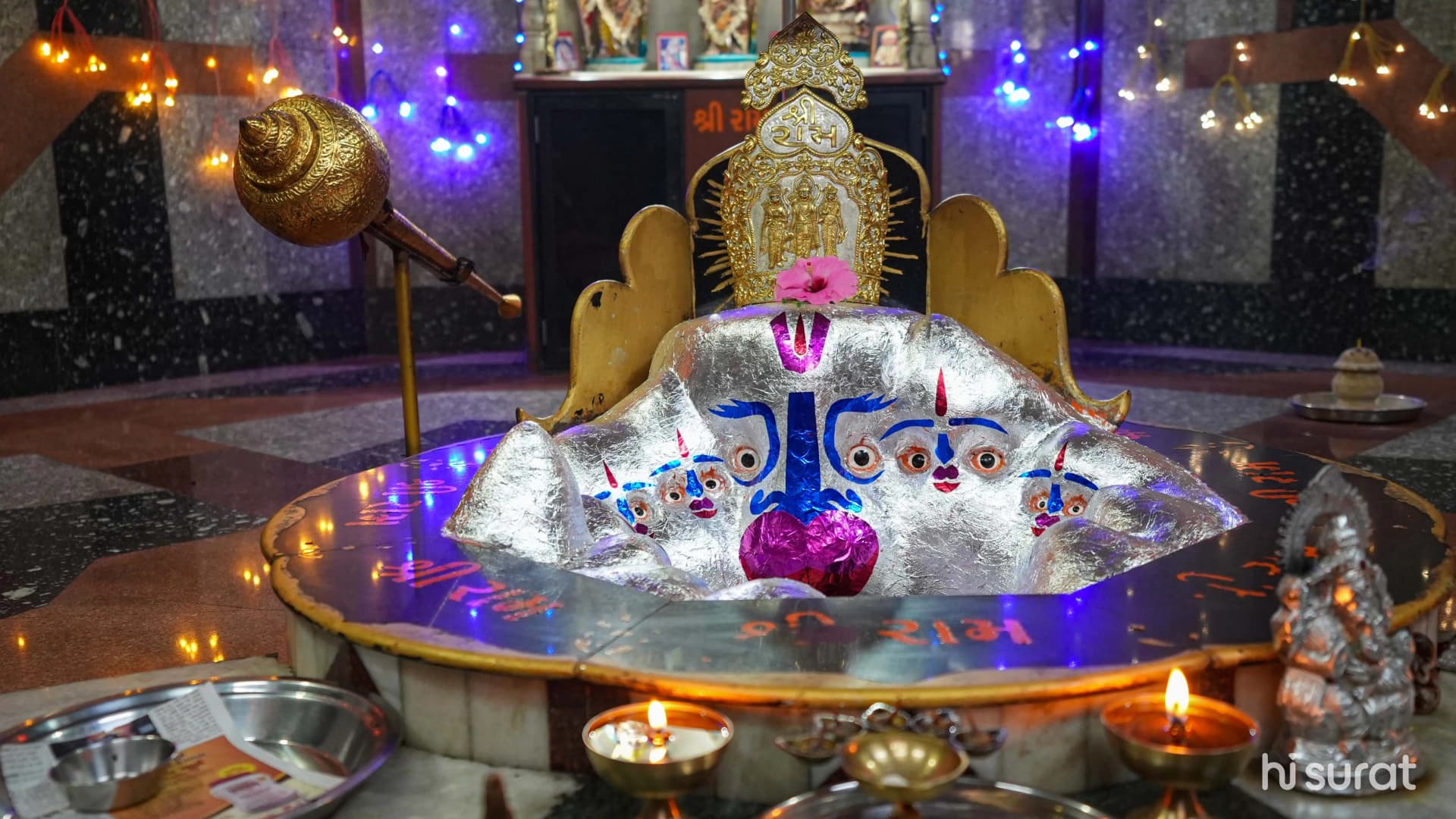Modi Atash Bahram
The Modi Atash Bahram, located in the Sayyedpura area of Surat, Gujarat, is one of the most significant Zoroastrian fire temples in India. Consecrated on November 19, 1823, during the Sarosh day of the Ardibehest month in the Zoroastrian calendar year 1193 AY, it holds the distinction of being one of the nine Atash Bahrams worldwide, with eight situated in India and one in Iran.
Historical Background:
The establishment of the Modi Atash Bahram is intertwined with the history of the Parsi community in Surat, who had been residing in the city since the 16th and 17th centuries. The consecration of an Atash Bahram is a complex and elaborate process, involving the gathering of fires from sixteen different sources, each representing various aspects of daily life and professions.
The consecration of the Modi Atash Bahram was a significant event for the Parsi community in Surat. Historical records indicate that approximately 20,000 people gathered to celebrate the installation of the sacred fire on November 19, 1823.
Architectural and Cultural Significance:
The Modi Atash Bahram is renowned for its architectural elegance, reflecting traditional Parsi design elements. As a high-grade fire temple, it serves as a vital center for religious activities, community gatherings, and cultural events within the Parsi community. The temple's enduring presence underscores the rich cultural heritage and historical significance of the Parsi community in Surat.
Visiting Information:
While the Modi Atash Bahram is a place of worship primarily for the Parsi community, visitors interested in its historical and architectural significance can appreciate its exterior and learn about its history through various resources. It's advisable to respect the sanctity of the site and adhere to any guidelines provided by the temple authorities.
For those interested in exploring Zoroastrian heritage, the Modi Atash Bahram in Surat stands as a testament to the enduring legacy of the Parsi community in India.
Quick Information
Related Places







